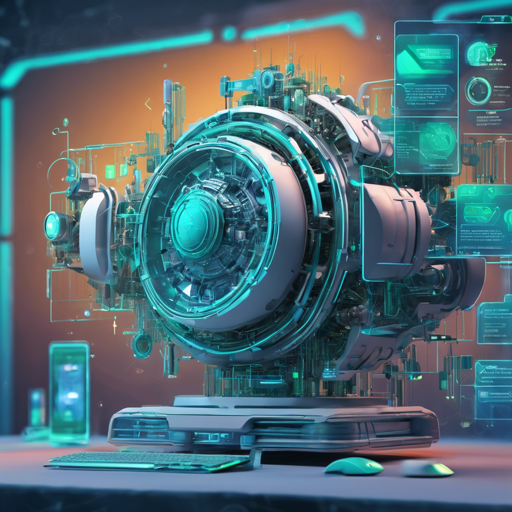The Minkowski Engine is a powerful auto-differentiation library designed to work with sparse tensors, perfect for those looking to implement neural networks that manage high-dimensional spatial data. With all standard neural network layers supported, including convolution and pooling operations, it paves the way for efficient data processing in machine learning applications.
Why Use the Minkowski Engine?
The Minkowski Engine is specifically optimized for sparse data. Think of it as a toolbox tailored for a craftsman working with intricate materials – it provides the right tools to handle various tasks efficiently, ensuring top performance without the bulk of unnecessary equipment.
Installation Guide
Let’s dive into how to install the Minkowski Engine.
Basic Requirements
- Ubuntu = 14.04
- CUDA = 10.1.243 (must match the version used for PyTorch)
- PyTorch = 1.7 (or later)
- Python = 3.6
- GCC = 7.4.0
Steps to Install
You can install the Minkowski Engine using pip, conda, or Docker. Here’s a quick rundown:
Pip Installation
1. Install PyTorch first by following the PyTorch installation instructions.
2. Then install the necessary dependencies:
sudo apt install build-essential python3-dev libopenblas-dev3. Finally, install the Minkowski Engine:
pip install -U MinkowskiEngine --install-option=--blas=openblas -v --no-depsAnaconda Installation
If you prefer Anaconda for managing dependencies:
conda create -n py3-mink python=3.8
conda activate py3-mink
conda install pytorch=1.9.0 torchvision cudatoolkit=10.2 -c pytorch -c nvidia
pip install -U git+https://github.com/NVIDIAMinkowskiEngine -v --no-depsDocker Installation
For those who favor Docker, you can build it directly by cloning the repository:
git clone https://github.com/NVIDIAMinkowskiEngine
cd MinkowskiEngine
docker build -t minkowski_engine dockerCreating Your First Network
To begin using the Minkowski Engine, you need to first import the required libraries and define your network. Here’s how we construct a simple network:
import MinkowskiEngine as ME
import torch.nn as nn
class ExampleNetwork(ME.MinkowskiNetwork):
def __init__(self, in_feat, out_feat, D):
super(ExampleNetwork, self).__init__(D)
self.conv1 = nn.Sequential(
ME.MinkowskiConvolution(in_channels=in_feat, out_channels=64, kernel_size=3, stride=2, dilation=1, bias=False, dimension=D),
ME.MinkowskiBatchNorm(64),
ME.MinkowskiReLU())
self.conv2 = nn.Sequential(
ME.MinkowskiConvolution(in_channels=64, out_channels=128, kernel_size=3, stride=2, dimension=D),
ME.MinkowskiBatchNorm(128),
ME.MinkowskiReLU())
self.pooling = ME.MinkowskiGlobalPooling()
self.linear = ME.MinkowskiLinear(128, out_feat)
def forward(self, x):
out = self.conv1(x)
out = self.conv2(out)
out = self.pooling(out)
return self.linear(out)In this code snippet, we’re constructing a network similarly to a chef preparing a dish, layering ingredients (or operations) to achieve the desired result (output). Each convolution adds flavor, pooling ensures we extract the key components, and the final linear output wraps it all up neatly.
Troubleshooting Common Issues
Even with the most careful installation, you might encounter some bumps along the way. Here are a few common issues and their solutions:
- Out of Memory Errors: If you run into memory issues, try clearing the cache periodically with
torch.cuda.empty_cache(). - CUDA Architecture List: For GPUs with unique compute capabilities, you might need to specify the CUDA architecture list explicitly. Use:
export TORCH_CUDA_ARCH_LIST="6.0 7.0 7.5"; python setup.py install --force_cudaFor other persisting issues, please visit the GitHub Issues Page for more solutions.
For more insights, updates, or to collaborate on AI development projects, stay connected with fxis.ai.
Conclusion
At fxis.ai, we believe that such advancements are crucial for the future of AI, as they enable more comprehensive and effective solutions. Our team is continually exploring new methodologies to push the envelope in artificial intelligence, ensuring that our clients benefit from the latest technological innovations.

